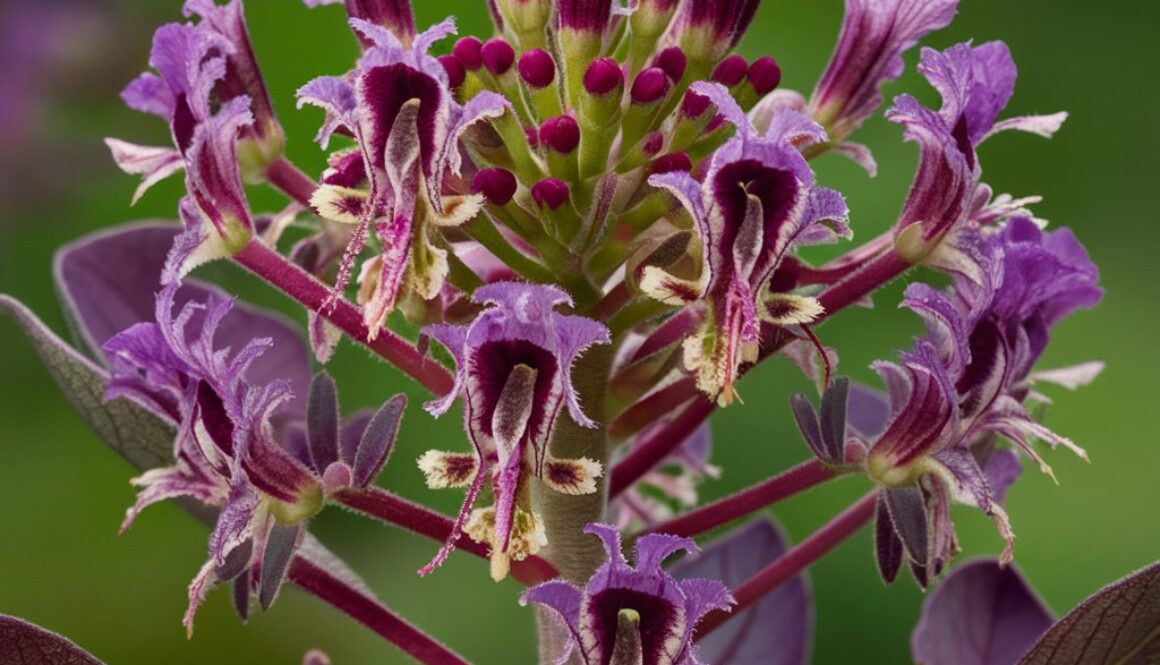Garlic creeper
Garlic creeper, scientifically known as Mansoa alliacea, is a flowering vine belonging to the Bignoniaceae family. Native to Central and South America, it is also commonly known as “Garlic vine” or “Ajo sacha.” Despite its name, garlic creeper is not related to true garlic but is named for its strong garlic-like odor when crushed. This ornamental vine is prized for its attractive flowers and aromatic foliage, and it is also used in traditional medicine for its medicinal properties.
Part Used: The leaves and stems of the garlic creeper are primarily used for their medicinal benefits. These parts of the plant contain essential oils and sulfur compounds that contribute to its distinctive aroma and therapeutic properties. The leaves are often harvested and dried for use in herbal preparations, while the stems are occasionally used as well.
Usage: In traditional medicine, garlic creeper is valued for its antibacterial, antifungal, and anti-inflammatory properties. It is used to treat various ailments, including respiratory infections, skin conditions, and digestive issues. The leaves and stems are often prepared as herbal infusions, tinctures, or poultices to alleviate symptoms and promote healing. Additionally, the strong garlic scent of the plant is believed to have insect-repellent properties, and it is sometimes used as a natural insecticide.
Agrotechniques: Cultivating garlic creeper requires a warm, tropical climate with well-drained soil and partial to full sunlight. The plant can be propagated from seeds or stem cuttings, with planting typically done in the spring or early summer. Garlic creeper is a vigorous grower and benefits from regular watering and occasional fertilization to promote lush foliage and flowering. Pruning may be necessary to control its growth and shape. Harvesting of the leaves can be done once the plant is well-established, usually after several months of growth. The leaves are best harvested in the morning when their aromatic oils are most potent.

